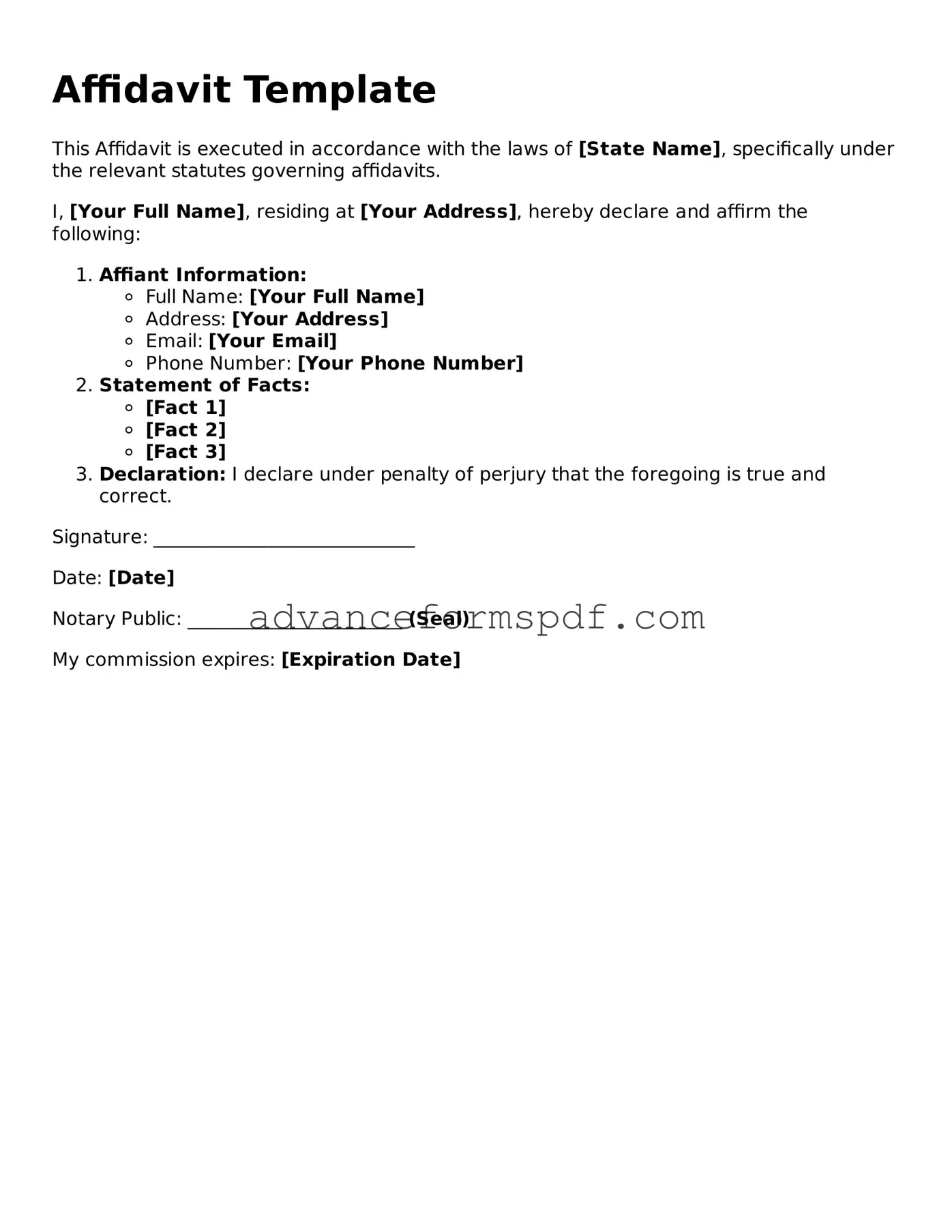Free Affidavit Document
An Affidavit is a written statement made under oath, often used to provide evidence or support claims in legal matters. This formal document serves as a declaration of facts, ensuring that the information presented is truthful and reliable. Understanding how to properly complete an Affidavit can be essential for various legal processes.
Access Form Online
